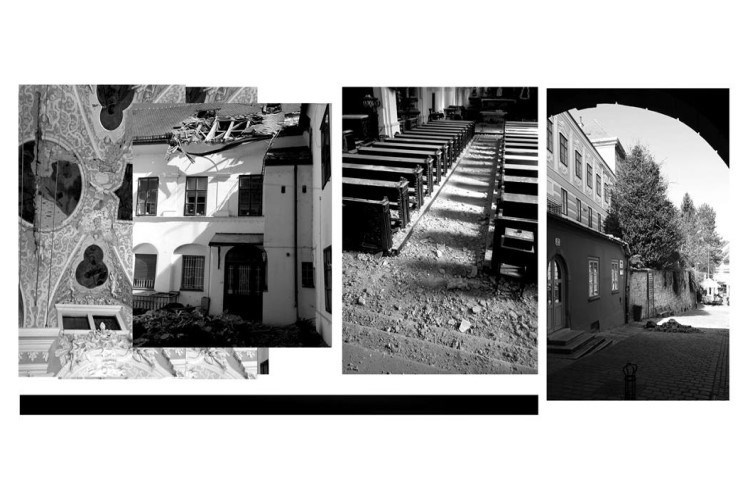The Croatian capital of Zagreb was hit by the strongest earthquake in the last 140 years - measuring 5.5 on the Richter scale - on 22 March 2020, in the midst of the global COVID-19 pandemic.
Given the type of disaster, the effect and consequences of the earthquake in the area of Zagreb and its surroundings have a direct and indirect impact on all components in the field of culture. The overall effect of the earthquake was emphasized by the fact that it affected the capital of the Republic of Croatia and its protected historic and urban complex, which houses most of the functions of the state centre, majority of cultural institutions and contents and individual immovable and movable cultural property.
The earthquake has caused great damage to the historic urban complex of the City of Zagreb - the Lower Town, the Upper Town and Kaptol having been hit the hardest, as well as individual immovable cultural property, mainly churches located in the wider city area and the neighbouring counties.
The magnitude of the earthquake has caused significant damage to the majority of buildings within the historic urban complex, visible only by internal inspection of buildings. The unique and characteristic stylistic and decorative elements on the buildings destroyed in the earthquake, and the necessary removal of unstable architectural elements have diminished the characteristic features of the urban ambience of Zagreb.
The most severe damage has been documented in case of sacral and public buildings. The nature and degree of damage vary with regard to the period of construction, architectural features and types of buildings, techniques, materials and the quality of construction, as well as the location, immediate surroundings, and the characteristics of the soil and foundations. Although there was no mass collapse of city blocks or complete breakdowns of individual buildings, the total damage is widespread over a large, densely built and architecturally sensitive urban area. In addition to buildings, the earthquake has caused significant damage to museum and gallery collections, as well as sacral inventories.
Damage assessment, carried out by teams of civil engineers organized in the Civil Protection Headquarters of the City of Zagreb, showed that as much as 72 % of the buildings in the historical (A zone) core were damaged, 27 % of which suffered moderate and 6% heavy structural damage. Within the wider urban core (B zone), 40 % of buildings have been damaged, 9 % of which suffered moderate to severe structural damage. The earthquake has taken a terrible toll on cultural infrastructure as an important number of cultural institutions, organisations and companies are located in Zagreb. The COVID-19 pandemic exacerbated the consequences of the earthquake since, due to restrictive measures then in place, the mobility of experts not only from Europe, but also from other parts of Croatia, was hampered, which seriously impeded our work on emergency damage assessment and recovery. In spite of these challenging circumstances, Croatia was able to request and obtain additional funding and expert help from international organisations and bodies such as UNESCO, World Bank, EU Solidarity Fund, Europa Nostra and ALIPH Foundation.
Finally, as the most important step in this recovery process, the Croatian Parliament adopted the Law on the reconstruction of buildings damaged by the earthquake in the City of Zagreb, Krapina-Zagorje County and Zagreb County. The Law regulates the reconstruction methods and procedures, the modalities of recovery or removal of buildings damaged or destroyed in the City of Zagreb, Krapinsko-zagorska County and Zagreb County struck by the earthquake on 22 March 2020. It also regulates the building of replacement housing for families and individuals impacted by the earthquake. The Law determines the responsible bodies and deadlines in order to ensure protection of lives and health, protection of animals, property, environment, nature and cultural heritage, as well as creation of conditions for a normal life in the affected area.



